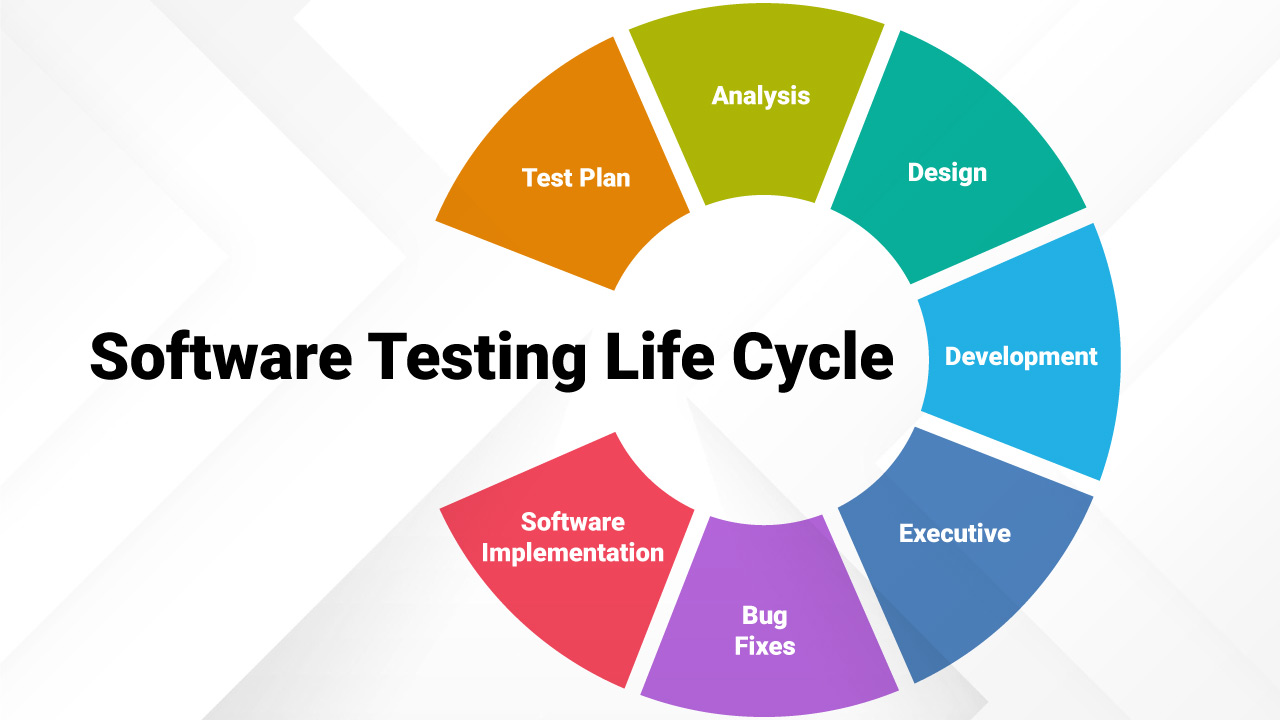As part of the software development process, testing is performed to guarantee that the generated program works properly and meets all of the user’s specifications and demands. There are several testing methods, which can vary substantially based on the unique aspects of the program and the development process.
Software testing, like any other complicated process, is divided into phases, each of which is represented by a distinct set of activities. Unlike other testing techniques, its stages are consistent and involve seven distinct tasks.
What stages are there in the testing life cycle?
Stage 1 of Testing – Test Plan
To guarantee an efficient execution of the whole testing process, software testing should always begin with the creation of a well-thought-out test plan. A good test plan should include provisions about the quantity of work to be done, timelines and milestones to be completed, testing techniques, and other formalities like contingencies and hazards.
Stage 2 of testing – analysis
At this point, a functional validation matrix is generated. The in-house or offshore testing team evaluates the requirements and test cases that will be automated and those that will be manually tested.
Stage 3 of testing – design
When the testing team reaches to us this stage it signifies that there are no doubts or misunderstandings about the test plan, validation matrix, or test cases. During the design stage, the testing team creates appropriate scripts for automated test cases and generates test data for both automated and manual test cases.
Stage 4 of testing – development
Scripting is supplied at this stage. In certain circumstances, the development stage involves unit testing as well as the creation of performance and stress test strategies. Typically, this occurs when testing begins concurrently with the software development process.

Stage 5 of testing – execution
The execution of the script begins as soon as all of the scriptings are completed. First, the testing team runs unit tests, followed by functionality tests. They detect vulnerabilities on a surface level and report them to software developers. Following that, comprehensive testing is performed. When test and bug reporting are done, the execution step is complete.
Stage 6 of testing- bug fixes
When the testing team finds an issue, it is forwarded to the IT development team. If the development team decides to remedy the bugs, the testing team must retest the product to ensure that no new bugs are introduced while correcting.
7th stage of testing – software implementation
Software implementation happens to be the last and utmost important phase of software testing when all test cases and processes have been finished. The program or software is given to the end-user, who analyses it and reports if any errors are found.
Conclusion
Software testing is not an easy process and it requires a lot of skilled professionals to make your software error-free, if you are looking for an agency that can help you with getting error-free software then you are at the right place, Yuved Technolgy’s, in-house software testing team comprises of skilled and strong observant individuals who are on their toes to get every software bug free.

